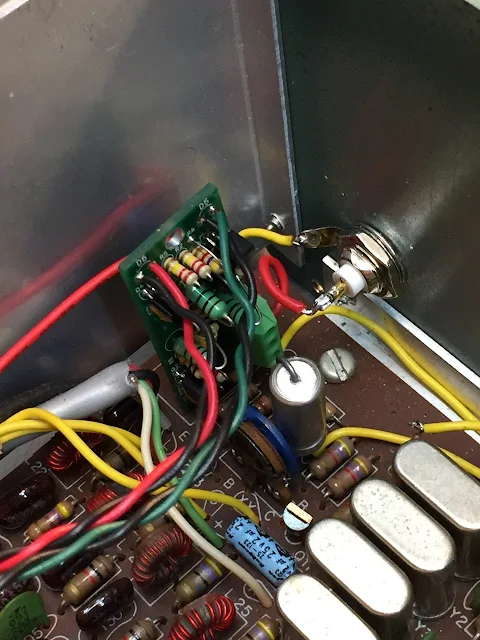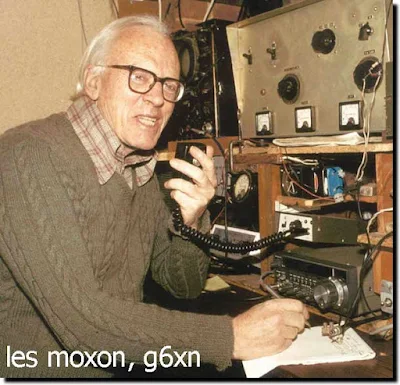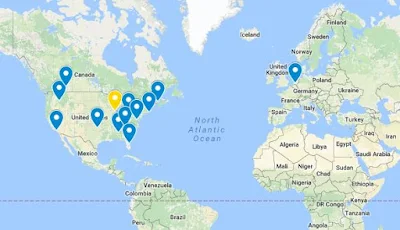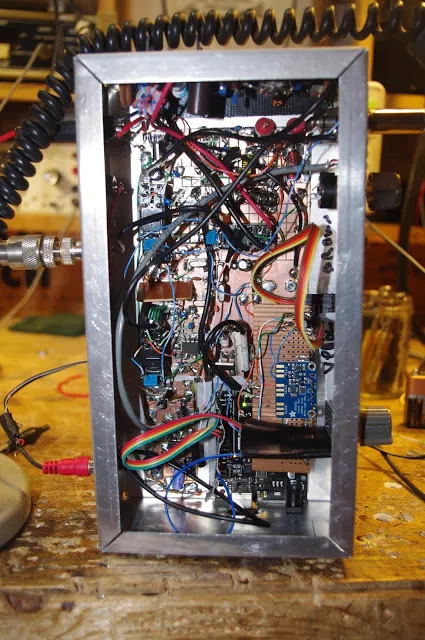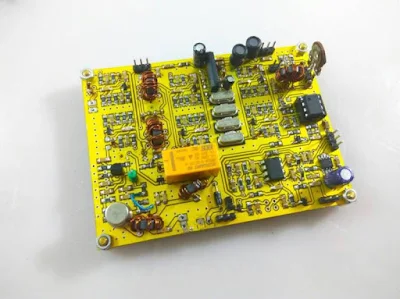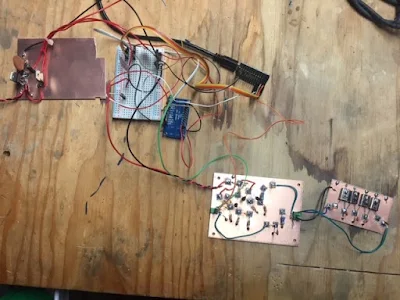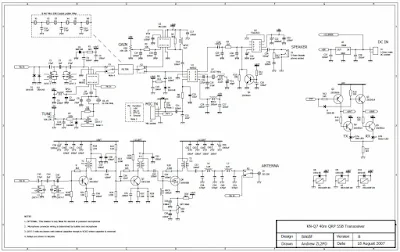SolderSmoke Podcast #197 is available:
Up in NYC, met Dave W2DAB. got Steve Silverman's HP 8640B Sig Gen.
Farhan's visit to SolderSmoke HQ
Got me a TEK1401A Spectrum analyzer
Farhan at "Geekfest" @W7ZOI http://w7zoi.net/Farhan-visit.
BITX40 Modules. 5,000 already. 1,000 a month.
The BITX pronunciation problem.
QRP Hall of Fame. I suspected April 1 reprisal! "I am unworthy"
Like in Wayne's World: https://www.youtube.com/watch?
Dusting off my Tuna Tin 2, Herring Aid 5 and Farhan's key from India.
The Manassas Hamfest: OLD crystal gear. 20's and 30's stuff. Leon Lambert RX and Philmore Fixed Crystal Detector.
Reminder of how YOUNG the radio art is.
RELATED: Bell System 1953 Transistor Documentary. 11 year old Pete and his CK722.
Bought some good stuff from Charles AI4OT.
Armand WA1UQO gave me a big collection of Electric Radio. So much history and HB wisdom in there. Frank Jones and Lafayette Radio. Jim Lamb and 1930s SSB.
Is the CK-722 the source of Pete Juliano's affinity for Juliano Blue?
Was Wes Hayward already using Juliano Blue?
"Your rig sounds real good for a homebrew rig!"
"Well, your rig sounds pretty good for a Yaesu!"
Related topic: Going over the Waterfall: The SDR Superiority Syndrome. Feathering.
ARRL Arduino Book by Popiel. Very nice. Right level. Lots of good info.
BENCH REPORT:
Pete's Dishal Dystopia -- Is the perfect TRULY the enemy of the good enough?
Bill's NE602 RIG:
Replaced OLED. Blue one seems noisier. Shielded it with copper flashing.
Made me yearn for bigger boxes WITH A HOOD!
DOCUMENTING WITH LTSPICE
MAILBAG:
Special Thanks to our correspondent in the Dayton Xenia Metropolitan area -- Bob Crane W8SX.
Jack Welch, AI4SV 5R8SV -- Our Man in Antanarivo -- Sent me a GREAT BOOK "I, Libertine" by Frederick R. Ewing. EXCELSIOR!
Bruce KC1FSZ https://www.qrz.com/db/
Greg, VK1VXG Suggestion for WA8WDQ on Arduino serial plotter
Ben KC9DLM Mercury PTO. In a syringe! No thanks! Maybe add some high voltage and selenium. And a radium dial! Yea!
KY3R's metalized cigar boxes! FB On Blog.
Richard WB2PEF has revived his Doug DeMaw 8P6 rig. FB. But bothered by PTT thump.
Update on Dave AA7EE (from Mike KC6SAX)
 |
| AI4OT and N2CQR |
 |
| N2CQR AND W2DAB |














